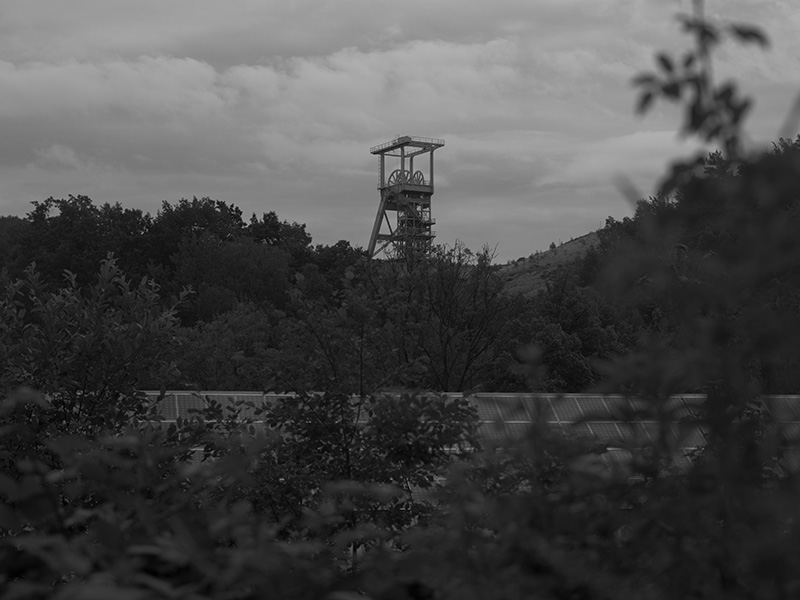ANNE WERNER – WHAT REMAINS
SAM – STADTMUSEUM AM MARKT
After the end of World War II, the world soon headed toward a bipolar power structure in which nuclear weapons played a major role. West Saxony became part of the Soviet occupation zone and belonged to the GDR. As early as 1945, the search for uranium for nuclear weapons began — and was successful. Operations continued until the fall of the Berlin Wall, and the GDR became one of the largest uranium producers in the world. But not without consequences: Natural areas were destroyed. Groundwater levels dropped sharply. Radioactive dust from the tailings contaminated the environment. By 2019, 6.5 billion euros of state money had been used to contain the damage. The landscape was changed forever, and humans will have to live with the effects of what happened for a long time to come.
Anne Werner’s photo series “What Remains” is a poetic, subjective approach to the history of uranium mining in the GDR. Landscape photographs, architectural images, detailed shots of working equipment and images of historical documents combine to create a haunting work that not least tells of photography as a vessel of memories.
Anne Werner. Born in 1996 in Auerbach/Vogtland, lives and works as a photographer and picture editor in the region of West Saxony. She studied photojournalism and documentary photography at Hannver University of Applied Sciences until 2022. After graduation, she is working as a freelance photographer.
anne-werner.eu

